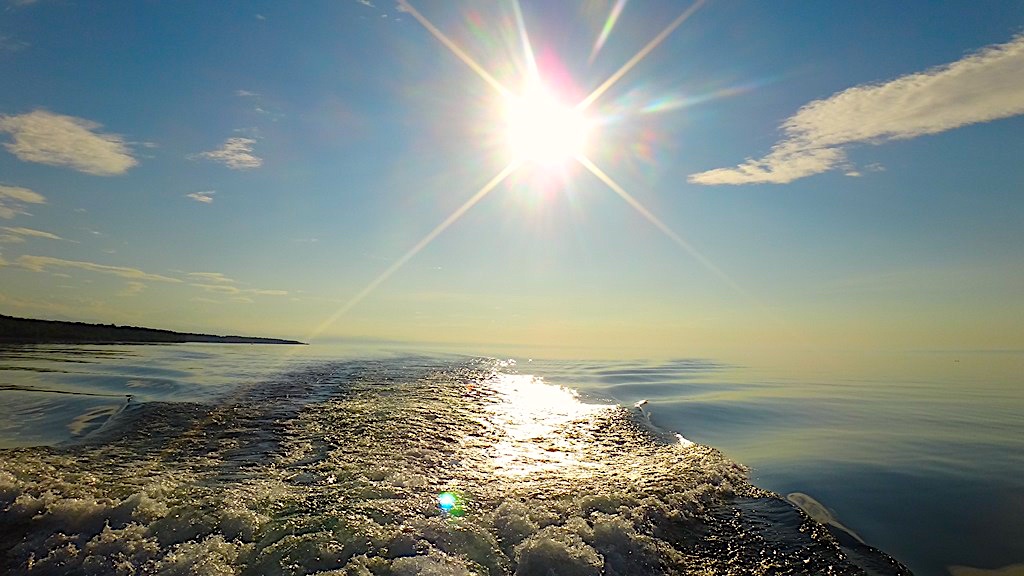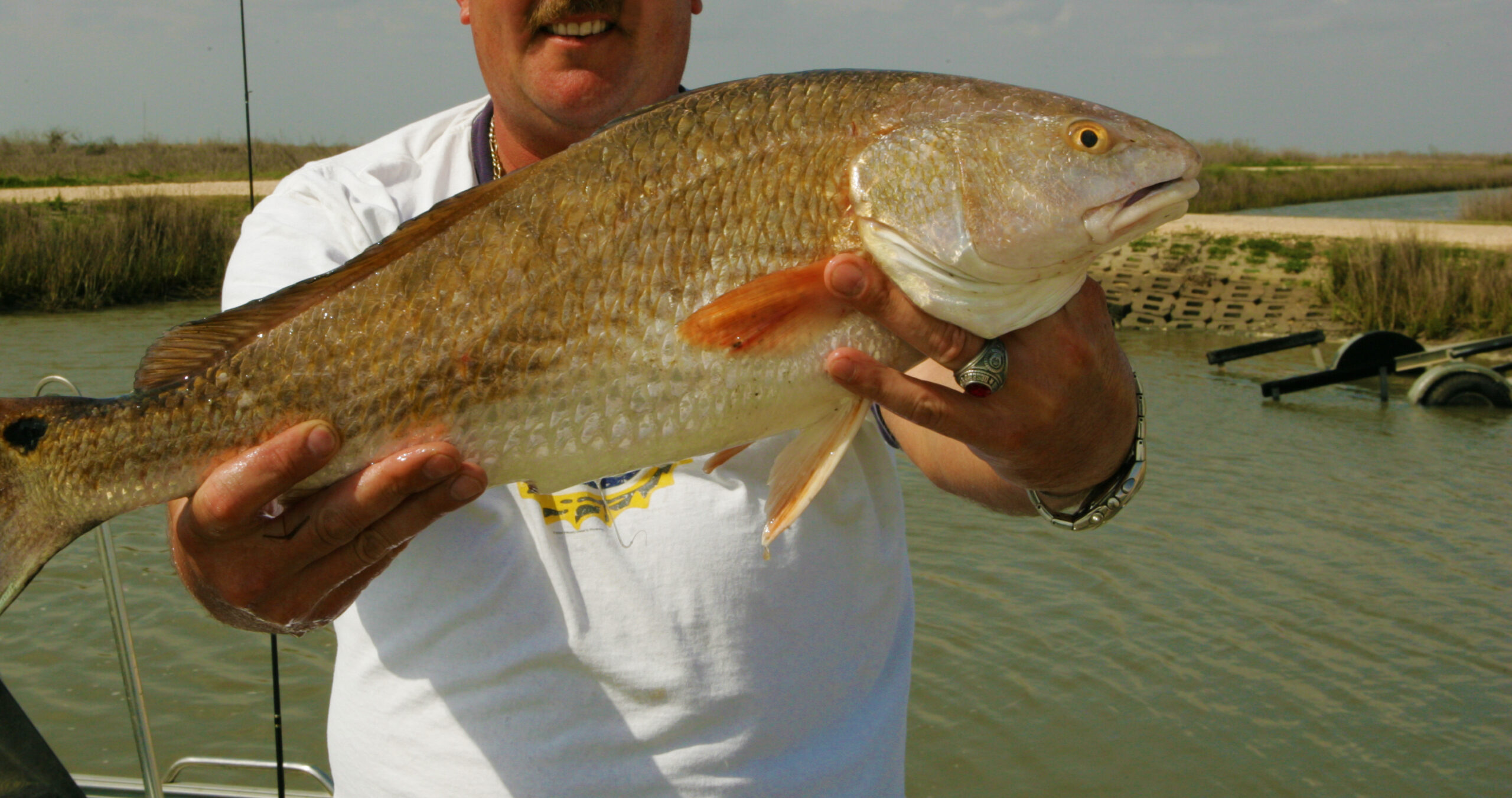Does Ultraviolet Radiation Affect Our Favorite Sport Fish?

A new study shows that cobia, snapper, and tuna embryos have a fascinating way of avoiding harmful rays.
Every spring, cobia make North Carolina shipwrecks their homes. Yellowfin tuna are prevalent in the open ocean, and the red snapper fishery will open the second Friday in July. But the depletion of the ozone — and the resulting increase in exposure to sunlight and ground-level ultraviolet radiation (UVR) — could affect the offspring of some of our favorite sport fish.
Research Need
Aquatic organisms employ a variety of different mechanisms to reduce the harmful effects of UVR exposure. The embryos of fish floating in or near surface ocean waters once were thought to have little to no control over their mobility, though, leaving them at high risk for damage associated with UVR. In fact, recent findings on mahi-mahi — a species that lives and spawns in surface waters — found that UVR did indeed affect the species’ embryos.
But is UVR affecting the embryos of similar species of fish who share the same spawning behaviors? If so, how?
What did they study?
Researchers investigated the potential role of embryos’ control over their ability to float (“buoyancy control”) for three species of marine fish that spawn on open waters: cobia, red snapper, and yellowfin tuna. The team used red snapper and cobia embryos from The University of Miami Experimental Hatchery and yellowfin tuna embryos from the Inter-American Tropical Tuna Commission’s Achotines Laboratory.
What did they find?
The embryos of all three species increased their body density to create “negative buoyancy” — in other words, to sink — after they faced UVR exposure.
The team also determined that buoyancy changes due to UVR exposure are not unique to the embryos of fish who spawn in the upper levels of the ocean. Previous research, for instance, found that UVR affected many other species, including dab, plaice, two species of coastal fish, the common sardine, anchoveta, mahi-mahi, cyanobacteria species, and two species of marine cod.
So what?
These findings suggest that fish embryos could be considerably deeper in the water column than scientists previously thought — and the study supports the idea of the universal utility of buoyancy control as a way some fish embryos can avoid UVR and other environmental stressors.
Reading
Pasparakis, C., Wang, Y., Heuer, R.M., Zhang, W., Stieglitz, J.D., McGuigan, C.J., Benetti, D.D., Scholey, V.P., Margulies, D. and Grosell, M., 2022. Ultraviolet avoidance by embryonic buoyancy control in three species of marine fish. Science of the Total Environment, 806, p.150542.
This project is supported by a grant from the Gulf of Mexico Research Initiative (Grant No. SA-1520) to the RECOVER Consortium (Relationship of Effects of Cardiac Outcomes in Fish for Validation of Ecological Risk).
By Lauren D. Pharr.
Lead photo courtesy of Andrey-Filippov-CC-BY-2.0.
The text from Hook, Line & Science is available to reprint and republish, but only in its entirety and with this attribution: Hook, Line & Science, courtesy of Scott Baker and Sara Mirabilio, North Carolina Sea Grant. HookLineScience.com.
- Categories:



